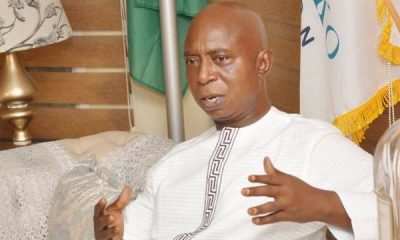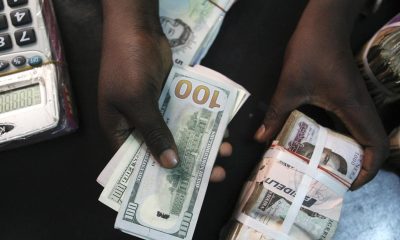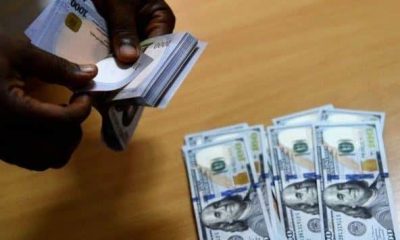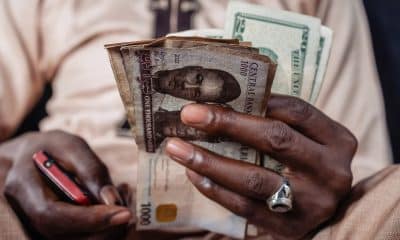Dollar to Naira Exchange Rates
Black Market Dollar (USD) To Naira (NGN) Exchange Rate Today 3rd March 2024
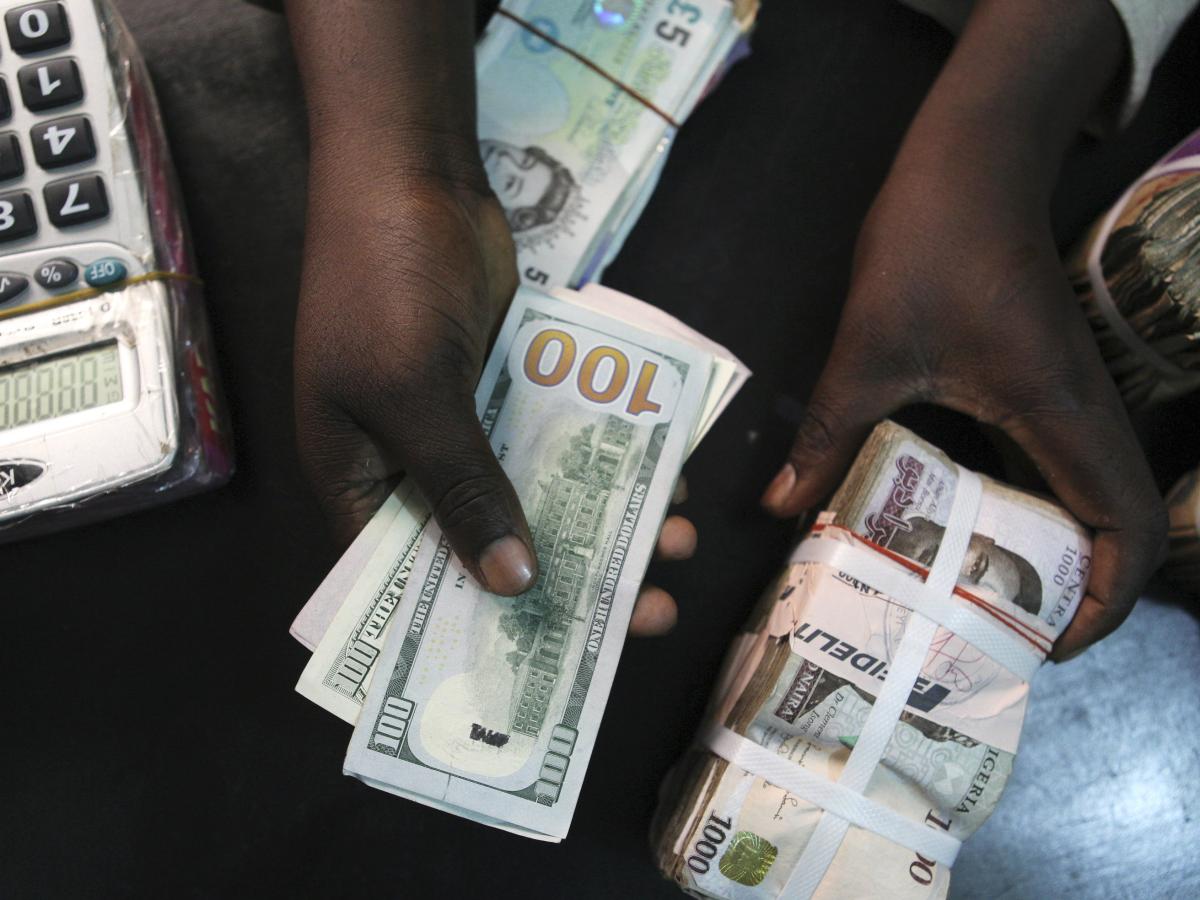
What is the Dollar to Naira Exchange rate at the black market also known as the parallel market (Aboki fx)?
See the black market Dollar to Naira exchange rate for 2nd March, below. You can swap your dollar for Naira at these rates.
How much is a dollar to naira today in the black market?
Dollar to naira exchange rate today black market (Aboki dollar rate):
The exchange rate for a dollar to naira at Lagos Parallel Market (Black Market) players buy a dollar for N1550 and sell at N1580 on Saturday 2nd March 2024, according to sources at Bureau De Change (BDC).
Please note that the Central Bank of Nigeria (CBN) does not recognize the parallel market (black market), as it has directed individuals who want to engage in Forex to approach their respective banks.
Dollar to Naira Black Market Rate Today
| Dollar to Naira (USD to NGN) | Black Market Exchange Rate Today |
| Buying Rate | N1550 |
| Selling Rate | N1580 |
Dollar to Naira CBN Rate Today
| Dollar to Naira (USD to NGN) | CBN Rate Today |
| Buying Rate | 1543 |
| Selling Rate | 1544 |
Please note that the rates you buy or sell forex may be different from what is captured in this article because prices vary.
Forex: BUA Cement Profits Fall By 31% In 2023
A front-runner in the Nigerian cement production sector, BUA Cement Plc, has disclosed its financial performance for the year ended December 2023, revealing a profit after tax of N69.45 billion.
This figure indicates a notable 31.2% decline from the N101.01 billion profit recorded in the previous year, 2022.
A significant factor contributing to this downturn is a substantial foreign exchange loss of N69.95 billion experienced in 2023, a steep increase from the N5.50 billion loss reported in 2022.
Like many manufacturing entities in Nigeria, BUA Cement faced challenges due to the depreciating value of the naira, which escalated the costs tied to imported materials and equipment essential for its operations.
The company attributed the foreign exchange loss primarily to exchange losses arising from foreign currency borrowings, which were eligible to be capitalized as part of the borrowing costs for ongoing capital projects.

